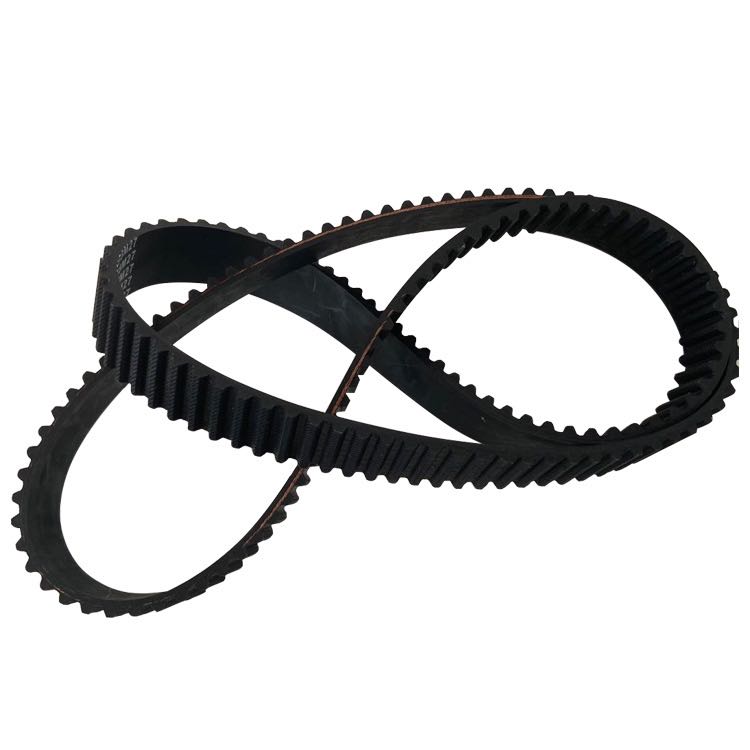- Arabic
- French
- Russian
- Spanish
- Portuguese
- Turkish
- Armenian
- English
- Albanian
- Amharic
- Azerbaijani
- Basque
- Belarusian
- Bengali
- Bosnian
- Bulgarian
- Catalan
- Cebuano
- Corsican
- Croatian
- Czech
- Danish
- Dutch
- Afrikaans
- Esperanto
- Estonian
- Finnish
- Frisian
- Galician
- Georgian
- German
- Greek
- Gujarati
- Haitian Creole
- hausa
- hawaiian
- Hebrew
- Hindi
- Miao
- Hungarian
- Icelandic
- igbo
- Indonesian
- irish
- Italian
- Japanese
- Javanese
- Kannada
- kazakh
- Khmer
- Rwandese
- Korean
- Kurdish
- Kyrgyz
- Lao
- Latin
- Latvian
- Lithuanian
- Luxembourgish
- Macedonian
- Malgashi
- Malay
- Malayalam
- Maltese
- Maori
- Marathi
- Mongolian
- Myanmar
- Nepali
- Norwegian
- Norwegian
- Occitan
- Pashto
- Persian
- Polish
- Punjabi
- Romanian
- Samoan
- Scottish Gaelic
- Serbian
- Sesotho
- Shona
- Sindhi
- Sinhala
- Slovak
- Slovenian
- Somali
- Sundanese
- Swahili
- Swedish
- Tagalog
- Tajik
- Tamil
- Tatar
- Telugu
- Thai
- Turkmen
- Ukrainian
- Urdu
- Uighur
- Uzbek
- Vietnamese
- Welsh
- Bantu
- Yiddish
- Yoruba
- Zulu
ಡಿಸೆ . 01, 2024 19:41 Back to list
Understanding Lathe Belt Types and Their Applications in Machining Processes
Understanding the Lathe Belt An Essential Component in Machining
In the world of machining and manufacturing, precision is paramount. Various tools and machines are employed to achieve the accuracy and efficiency required in producing high-quality parts. Among these machines, the lathe stands out as one of the most versatile and widely-used. A critical component that ensures the lathe operates effectively is the lathe belt. Understanding the function, types, and maintenance of the lathe belt can significantly enhance the performance of the lathe and ensure a long service life.
What is a Lathe Belt?
The lathe belt, also known as a drive belt, is an essential mechanism that connects the motor of the lathe to the lathe's spindle
. This belt transmits power from the motor to the spindle, allowing the machine to rotate at various speeds. The ability to adjust the speed is crucial for different types of machining operations, as different materials may require different cutting speeds for optimal results. The lathe belt ensures that the power generated by the motor is effectively transferred, enabling the lathe to perform tasks such as turning, drilling, and milling.Types of Lathe Belts
Lathe belts come in various designs and materials, each suited for specific applications and requirements. The most common types include
1. V-Belts These are characterized by their V-shaped cross-section, which fits into matching grooves on the pulleys. V-belts are widely used due to their efficiency in transmitting power and their ability to handle heavy loads. They are less prone to slipping and can provide better grip compared to flat belts.
2. Flat Belts Flat belts are made from a flexible material and are used in applications where a wide surface area is required to ensure better friction and power transmission. They are typically simpler and less expensive than V-belts but may require more maintenance and adjustment over time.
3. Timing Belts These belts have teeth that mesh with corresponding grooves on the pulleys, allowing for synchronous movement between the motor and the spindle. Timing belts are ideal for applications requiring precise positioning and speed control.
lathe belt

4. Poly-V Belts These are designed with multiple grooves and are often used in compact spaces where traditional V-belts may not fit. Their design allows for higher flexibility and efficiency, making them suitable for modern lathes with limited space.
Maintenance of Lathe Belts
Proper maintenance of lathe belts is crucial for ensuring their longevity and the overall performance of the lathe. Here are some essential maintenance tips
- Regular Inspection Routine checks for wear and tear are vital. Look for signs of fraying, cracking, or hardening of the belt material. Any visible damage can compromise performance and lead to premature failure.
- Tension Adjustment Maintaining the correct tension on the belt is essential. A belt that is too loose may slip, leading to inefficient power transmission, while a belt that is too tight can cause unnecessary strain on both the belt and the motor.
- Alignment Checks Ensure that the pulleys are properly aligned. Misalignment can cause uneven wear and can lead to premature belt failure.
- Cleaning Remove any debris, dust, or oil that can accumulate on the belt and pulleys. Contaminants can affect the grip and performance of the belt.
Conclusion
In conclusion, the lathe belt is a fundamental component of lathe operation. Understanding its types, functions, and proper maintenance can greatly enhance machining efficiency and prolong the lifespan of the lathe. Whether you are a hobbyist working in your garage or a professional machinist in an industrial setting, ensuring the reliability and performance of your lathe belt will pay dividends in the quality of your work and the overall productivity of your machine shop. Investing time in belt maintenance will lead to smoother operations and high-precision results, key characteristics that define excellence in machining.
-
Korean Auto Parts Timing Belt 24312-37500 For Hyundai/Kia
NewsMar.07,2025
-
7PK2300 90916-T2024 RIBBED BELT POLY V BELT PK BELT
NewsMar.07,2025
-
Chinese Auto Belt Factory 310-2M-22 For BMW/Mercedes-Benz
NewsMar.07,2025
-
Chinese Auto Belt Factory 310-2M-22 For BMW/Mercedes-Benz
NewsMar.07,2025
-
90916-02660 PK Belt 6PK1680 For Toyota
NewsMar.07,2025
-
drive belt serpentine belt
NewsMar.07,2025

